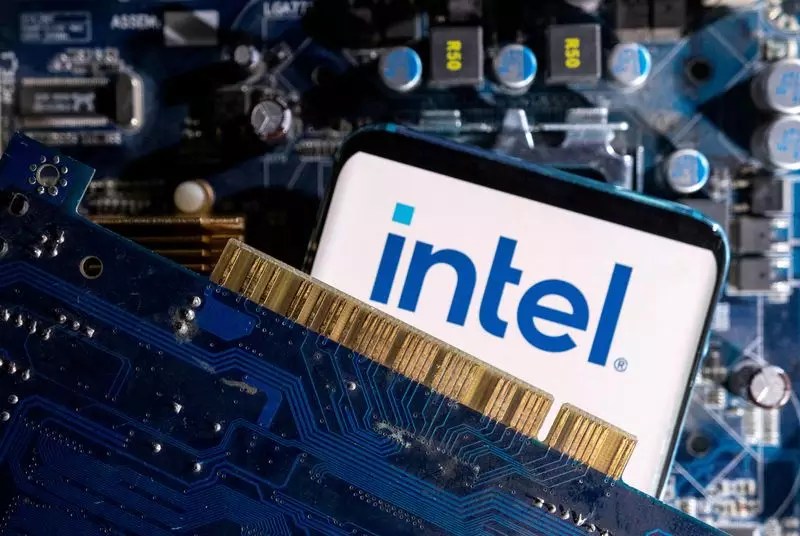In an ambitious attempt to bolster domestic chip production, the U.S. government has allocated substantial subsidies to major players in the semiconductor industry, including Intel, which recently received an impressive $7.86 billion. This initiative is part of a larger $39 billion effort aimed at rekindling chip manufacturing capabilities within the United States. The ongoing global chip shortage has underscored the necessity for America to regain its foothold in semiconductor production, an industry critically tied to national security and technological advancement.
Intel’s Chief Executive, Pat Gelsinger, previously articulated plans to untangle its chip manufacturing arm into a standalone subsidiary known as Intel Foundry. This move could potentially attract outside investment and facilitate greater operational flexibility. However, the recently disclosed conditions associated with the government subsidies complicate this endeavor. According to a regulatory filing, Intel would be mandated to retain a minimum 50.1% stake in Intel Foundry should it evolve into a separate private entity. These stipulations aim to ensure that the substantial public investment maintains its intended impact on the company’s governance and operational focus.
Restrictions on Ownership and Control
The implications of this arrangement extend further, especially if Intel Foundry were to transition into a public company. In such a scenario, control management becomes a critical subject, as Intel would be permitted to offload only 35% of its stake to a single shareholder. This “change-in-control” clause is a safety net designed to prevent potential shifts in strategic direction that could undermine the government’s investment rationale. The attention from the U.S. Commerce Department underscores the intricacies involved in maintaining a balance between corporate flexibility and public accountability amidst significant financial support.
To align with the stipulations associated with the subsidy, Intel faces an uphill battle in ensuring compliance while pushing forward with its ambitious plans. The company has allocated approximately $90 billion towards new projects across several states, including Arizona, New Mexico, Ohio, and Oregon. These projects are pivotal in not only enhancing Intel’s production capabilities but also in solidifying the U.S. position in the semiconductor sector on a global scale. The strict compliance with ownership restrictions plays a crucial role in affording Intel the latitude to execute these large-scale initiatives effectively.
Moving forward, the landscape of chip manufacturing in the United States is sure to be shaped by these new regulations and funding initiatives. For Intel, the challenge lies in navigating the dual objectives of attracting investment into its newly-conceived subsidiary while adhering to government-imposed constraints. As both the market and the regulatory environment evolve, Intel’s strategic decisions will be closely monitored—not only by industry observers but also by the government, which has a vested interest in seeing its investments yield tangible growth in domestic semiconductor capabilities. In this context, Intel’s tactical maneuvers will be critical not just for the company, but for the entire U.S. chip ecosystem.


Leave a Reply